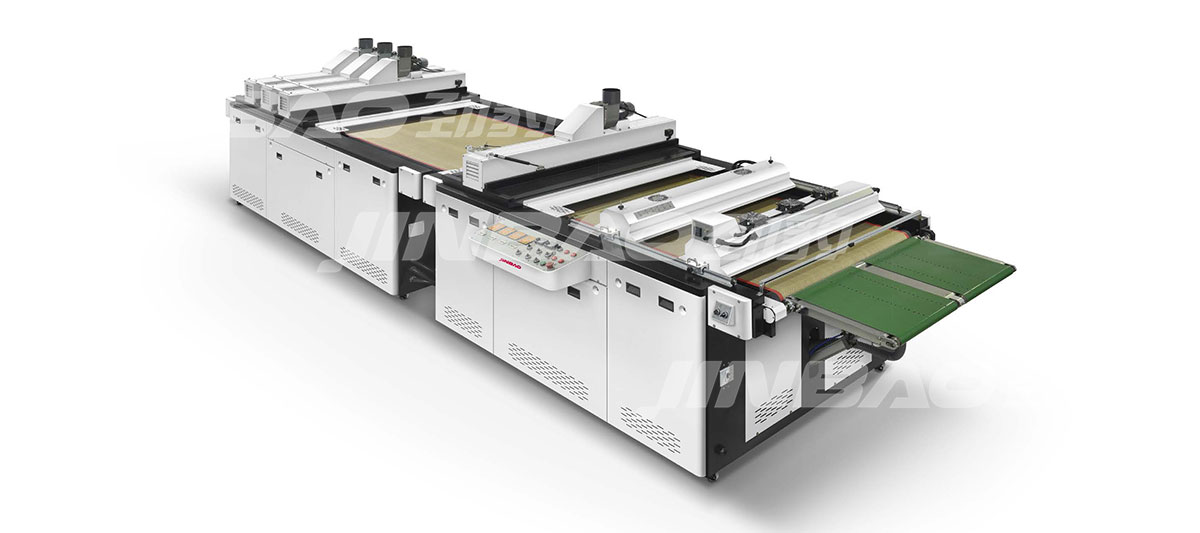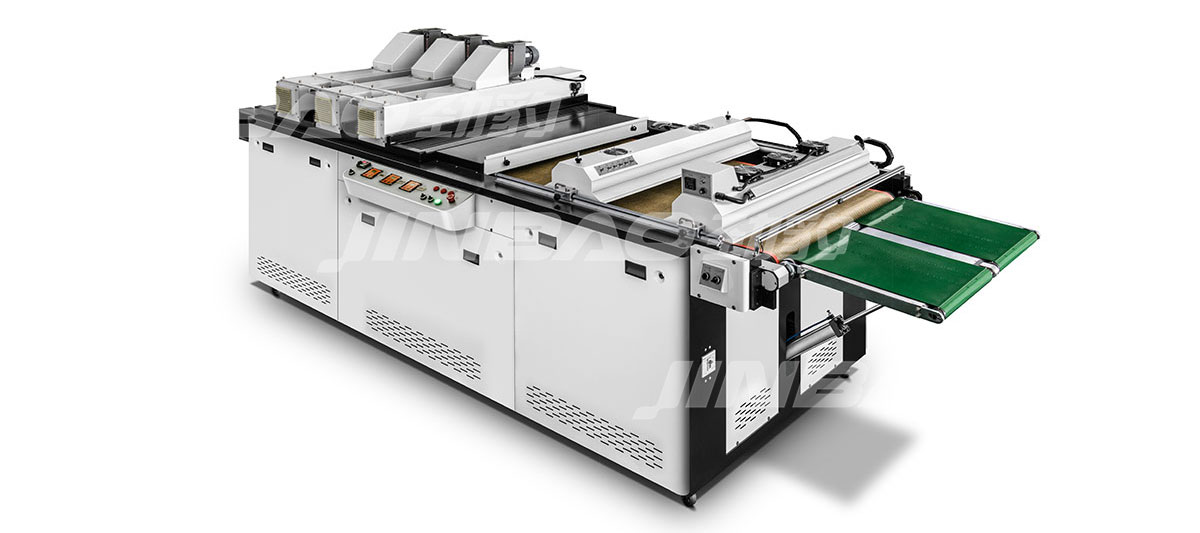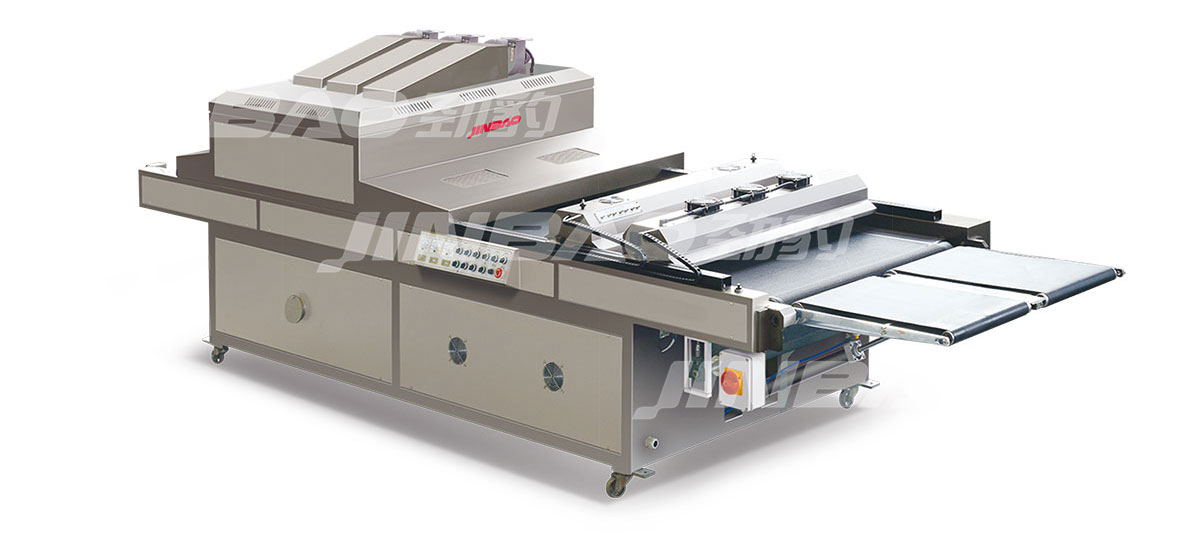Screen Printing Machine basic principles and processes
Screen printing machine is a commonly used printing equipment which is widely used in textile, plastic, metal, glass and other industries. Understanding the basic principles and process of screen printing machine is very important for customers when purchasing the machine.
Basic Principle of Screen Printing Machine
Screen printing is a technique that involves transferring a design with a stencil onto a flat surface using a mesh screen, ink, and a squeegee. While fabric and paper are the most frequently used surfaces for screen printing, it is also possible to print on materials like wood, metal, plastic, and even glass by using specialized inks. The fundamental process entails creating a stencil on a fine mesh screen and then applying ink (or paint, for artwork and posters) by pushing it through the screen to imprint the design onto the underlying surface.
The process is sometimes referred to as 'silk screening' or 'silk screen printing', and although the actual printing process remains relatively consistent, the method of creating the stencil can vary depending on the materials utilized. Various stenciling techniques include:
- Utilizing masking tape or vinyl to cover the desired areas of the screen.
- Applying the stencil onto the mesh by using 'screen blockers' like glue or lacquer.
- Employing a light-sensitive emulsion to produce a stencil, which is then developed in a similar manner to developing a photograph.
The process of a silk screen printing machine can be divided into five steps:
- Screen stencil production: first a screen stencil needs to be produced, usually using photosensitive materials or a laser engraver.
- Ink application: Ink is applied to the screen stencil, usually using a roller or squeegee.
- Printing: The item to be printed is placed under the screen stencil and the ink is printed from the stencil onto the item.
- Drying: Once the printing is complete, the item needs to be dried to ensure that the ink is cured.
- Finished Product Inspection: Finally, the finished product is inspected to ensure that the pattern is clear and the ink is uniform.
Classification of commercial screen printing machine
Screen printing machines can be classified according to different criteria, and common ways of classification include:
- Flat screen printing machine: suitable for printing flat items, such as paper, plates, etc.
- Cylindrical screen printing machine: suitable for printing cylindrical items, such as plastic bottles, metal cans, etc.
- Automatic screen printing machine: with automatic printing function, suitable for mass production.
- Manual screen printing machine: requires manual operation, suitable for small batch production or experimental production.
Advantages of automatic screen printing machine
- High efficiency: screen printing machine can print a large number of items quickly and improve production efficiency.
- High precision: Screen printers can print high-precision patterns and are suitable for printing applications that require high precision.
- Wide applicability: screen printing machines can be applied to a wide range of industries and items, with wide applicability.
Points of concern for customers when purchasing a machine
When customers buy a automatic screen printer, they need to focus on the following aspects:
1. Accuracy of the screen template: the accuracy of the screen template directly affects the quality of printing, so you need to choose a high-precision screen template.
2. Choice of ink: different inks are suitable for different printed items, and you need to choose the right ink.
3. Printing speed and precision: printing speed and precision directly affect the productivity and printing quality, so you need to choose the right printing speed and precision.
4. Maintenance and repair of the machine: the maintenance and repair of the machine directly affects the service life of the machine and printing quality, so you need to choose easy maintenance and repair of the machine.
5. Price and service: the price and service of the machine is also an area of concern for customers, you need to choose the right price and service.
6. Production environment: The temperature and humidity of the production environment, cleanliness and other factors need to be considered to ensure the normal operation of the machine.
7. Operator training: Operators need to be trained to ensure that they can operate the machine correctly.
In conclusion
Understanding the basic principles and processes of screen printing machines is very important for customers when purchasing a machine. At the same time, focusing on the accuracy of the screen stencil, choice of ink, printing speed and accuracy, maintenance and repair of the machine, price and service, production environment, and operator training can help customers choose the right screen printing machine.





